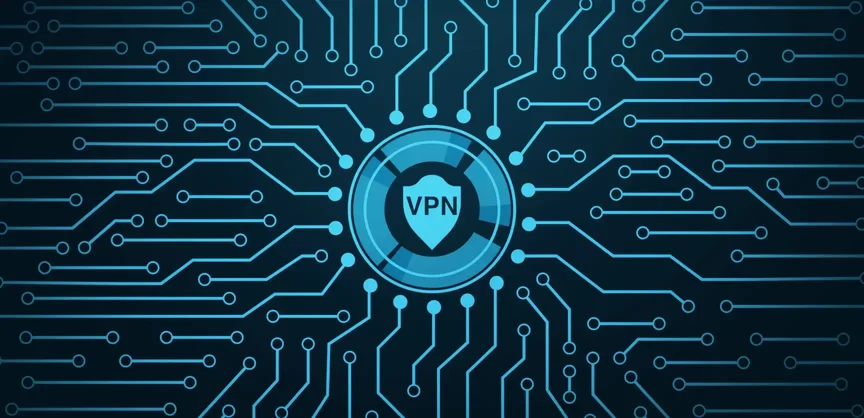The world of mobile app development is rapidly evolving with the arrival of 5G networks and edge computing. These technologies are not just faster or more powerful — they completely redefine how apps perform and interact with users.
In simple terms, 5G brings ultra-fast internet speeds and incredibly low latency, while edge computing moves data processing closer to the user’s device instead of relying solely on distant cloud servers. Together, they unlock a new wave of opportunities for app makers, enabling more immersive, intelligent, and real-time mobile experiences.
If you’re planning to build the next big app or work with a mobile app development company, understanding how to design for this new environment is essential.
What Does “Edge-Compute” Mean in Mobile Apps?
Traditionally, most mobile apps relied heavily on cloud computing. Data collected by the app would travel all the way to a remote data center, get processed, and then return to the user’s device. While this worked fine, it often led to delays and higher latency — especially for real-time apps like games, AR/VR, or live streaming.
Edge computing changes that model. Instead of sending data back and forth to a distant server, it processes it locally — at the “edge” of the network, near the user.
For example:
- A video streaming app can store and deliver content from a nearby edge server instead of a central data center.
- A smart health app can analyze sensor data in real-time without sending everything to the cloud.
- A connected car app can make split-second decisions locally, improving safety and responsiveness.
By processing data locally, apps become faster, more secure, and more reliable — especially when combined with 5G’s blazing speed.
How 5G Transforms Mobile App Experiences
The rollout of 5G networks has opened new possibilities for developers and users alike. Unlike older generations, 5G offers:
- Up to 100x faster download speeds
- Ultra-low latency (less than 1 millisecond)
- Higher network reliability
- Support for millions of connected devices
For mobile app development, this means smoother real-time communication, seamless media streaming, and instant data transfer. Apps no longer need to rely on heavy preloading or caching. Instead, they can fetch and deliver data in real time without buffering or lag.
Some key features that 5G and edge computing enable include:
1. Low-Latency Streaming
Video streaming platforms can now deliver ultra-high-definition content instantly. Users can stream 4K or even 8K videos without interruptions. Live sports apps, interactive concerts, and cloud gaming platforms benefit the most — offering smooth, real-time experiences.
2. AR/VR and Extended Reality (XR)
Augmented and Virtual Reality apps are among the biggest winners of this technological shift. With 5G and edge computing, AR filters, real-time 3D rendering, and immersive virtual tours are now easier to run directly on mobile devices.
A mobile app development company can leverage these tools to create interactive educational apps, virtual try-on features for eCommerce, or realistic simulations for training and gaming.
3. Real-Time Collaboration
From virtual meeting apps to cloud-based design platforms, 5G enables near-instant data sharing. Teams can edit large files together, co-design graphics, or even build products in real time without delays. This is particularly helpful for remote work and enterprise mobile solutions.
Required Changes in Architecture and UX
Designing for 5G and edge computing isn’t just about faster networks — it’s about rethinking how apps are structured and experienced. Here’s what developers should consider:
1. Decentralized App Architecture
Apps need to be optimized for distributed computing. Instead of relying on one central server, developers should design systems that can process data across multiple edge nodes. This improves speed and reliability while reducing network congestion.
2. Real-Time Data Processing
Apps should be built to handle and analyze data in real time. For instance, IoT apps can process sensor readings instantly to trigger alerts or actions. Similarly, health monitoring apps can give live updates without waiting for cloud responses.
3. Optimized User Experience (UX)
Since 5G and edge computing drastically reduce lag, users expect instant feedback. The UX must match this speed — smoother animations, live visuals, and fast-loading screens. Designers should also minimize distractions and focus on interactivity.
4. Security and Privacy Considerations
With data processed closer to users, security remains critical. App makers should adopt end-to-end encryption, secure APIs, and local data governance to ensure user trust.
The Role of a Mobile App Development Company
Not every business has the in-house expertise to handle 5G or edge-based systems. Partnering with an experienced mobile app development company like bantechsolutions.com or flowmazeux.com can help you:
- Build scalable and future-ready apps
- Implement real-time data pipelines
- Optimize edge performance
- Ensure compliance with privacy standards
These companies specialize in designing apps that take advantage of modern infrastructure while ensuring a seamless user experience.
Final Thoughts
5G and edge computing mark a major shift in mobile app development. They’re not just technologies — they’re enablers of next-generation experiences: instant streaming, immersive AR/VR, and real-time collaboration.
For developers and businesses, the key to success lies in adapting early. By redesigning app architecture, focusing on real-time responsiveness, and embracing privacy-first principles, you can create apps that truly deliver the speed and intelligence users expect in 2026 and beyond.









